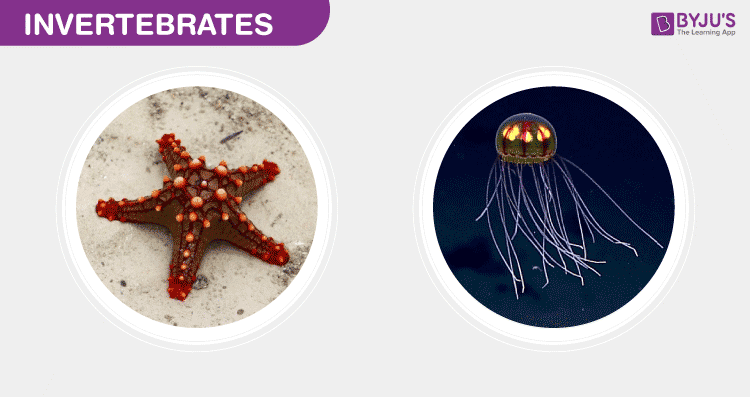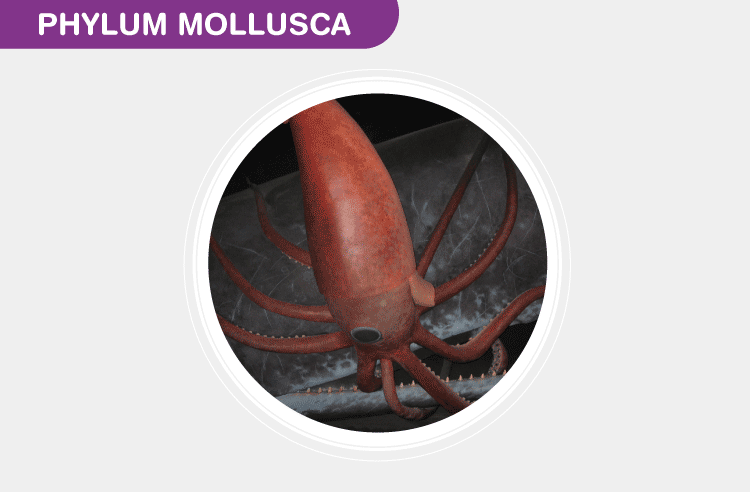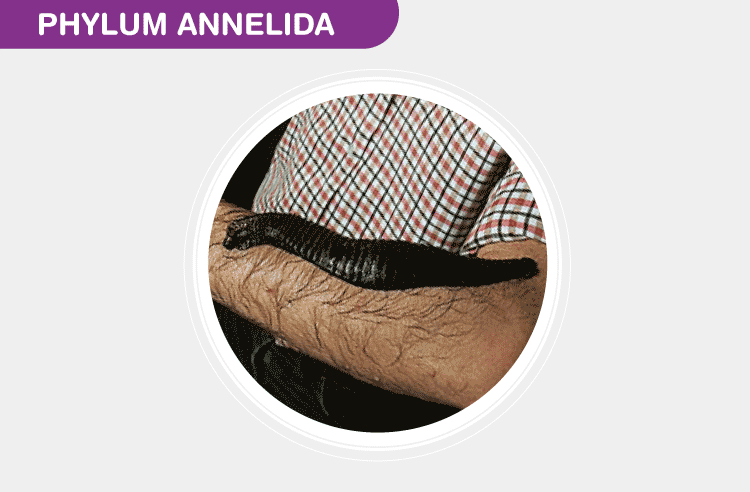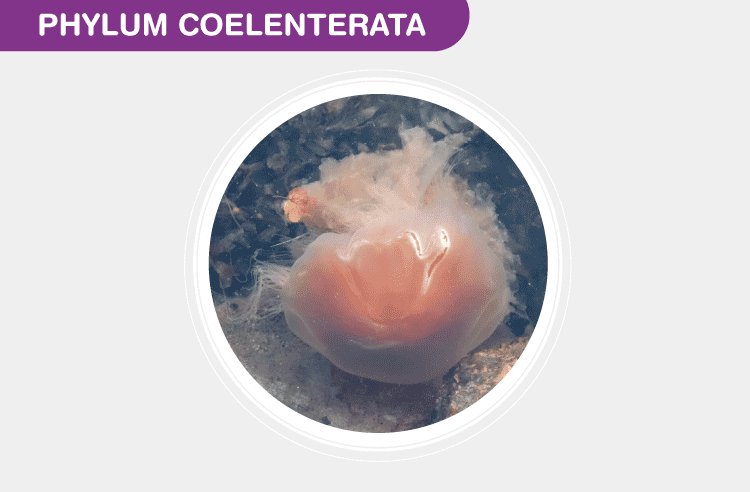How To Tell If A Animal Is A Invertebrate

Invertebrates are animals that neither possess nor develop a vertebral cavalcade, derived from the notochord. These include all animals autonomously from the subphylum Vertebrata.
Invertebrates are animals with no backbone. More 90% of the animals are invertebrates among the estimated 15-xxx million creature species. Invertebrates exist almost anywhere. These have been found in the driest of deserts, high reaches of the atmosphere and canopies of wettest rainforests. They also be in the frozen Antarctic or under deepest oceans.
Whether batting away irritating flies, unearthing a worm or admiring the complication of a spider'south web and much more than, all these animals are invertebrates.
Invertebrates are so much that information technology is almost incommunicable to count them all. There are and then many with different sizes and shapes and provide services that are vital to our survival.
Types of Invertebrates
Terrestrial invertebrates involve these groups and many too have members that alive in marine environments and freshwater.
- Insects
- Spiders
- Worms
- Slaters
- Landhoppers
- Centipedes
- Millipedes
- Velvet worms
Freshwater and marine invertebrates involve following groups and some of them besides have country-abode members.
- Ocean stars and sea urchins
- Anemones and corals
- Snails and slugs
- Sponges
- Bluebottles and jellies
- Crabs, prawns, crayfish & lobsters
Characteristics of Invertebrates
Past now equally you know what invertebrates are, allow's get to know about their characteristics.
- All invertebrates do not have a spinal cord or vertebral column, instead, nearly of them possess an exoskeleton that encompasses the entire body.
- Normally, these are tiny and don't grow very big.
- Do not possess lungs since they respire through their pare.
- Since they cannot produce their own food, Invertebrates are heterotrophic.
- Reproduction occurs through fission of gametes.
Invertebrates involve all the animals that practise not come up nether vertebrates grouping. There are mainly four kinds of invertebrates as listed below by Phylum.
- Phylum Mollusca
- Phylum Annelida
- Phylum Arthropods
- Phylum Coelenterata
Every group has its own characteristics and adaptations.
Phylum Arthropods
Arthropods are animals that practice non have a segmented torso. Their bodies are bilaterally symmetrical with a strong exoskeleton. Arthropods are capable of adapting to dissimilar environments quickly. Examples of Arthropods are Scorpions, Honey Bees, and Spiders.
A beetle's trounce is chosen an exoskeleton and it makes up for the lack of a backbone past providing rigidity and grade.

Phylum Mollusca
These animals do not have the segmented torso, different arthropods. Mollusca pare consists of a curtain that releases a beat out. Their skin is soft and generally found in seawater and fresh water. Examples of Mollusca are Octopus, Snail, and Oyster.

The largest invertebrate always: An artist's render of a colossal squid battling a sperm whale. Throughout history, at that place are just a handful of dead specimens constitute throughout the world and they all the same remain elusive to this twenty-four hours.
Phylum Annelida
The group of Annelids has many worms. Their bodies are segmented and consist of 3 layers and hence called as Triploblastic animals. Triploblastic refers to having 3 layers every bit inner pare, heart skin and outer peel.
Examples of Annelida involve Earthworm, Sandworm, and Leech.

The biggest leech in the world: The Giant Amazon Leech
Phylum Coelenterata
The bodies of Coelenterates are radially symmetrical. These animals are diploblastic which means that their bodies comprise 2 layers known equally Endoderm Skin and Ectoderm Skin. Examples of Coelenterates are Hydra, Jellyfish, and Coral.

Source: https://byjus.com/biology/invertebrates/
Posted by: nolandrowend.blogspot.com

0 Response to "How To Tell If A Animal Is A Invertebrate"
Post a Comment